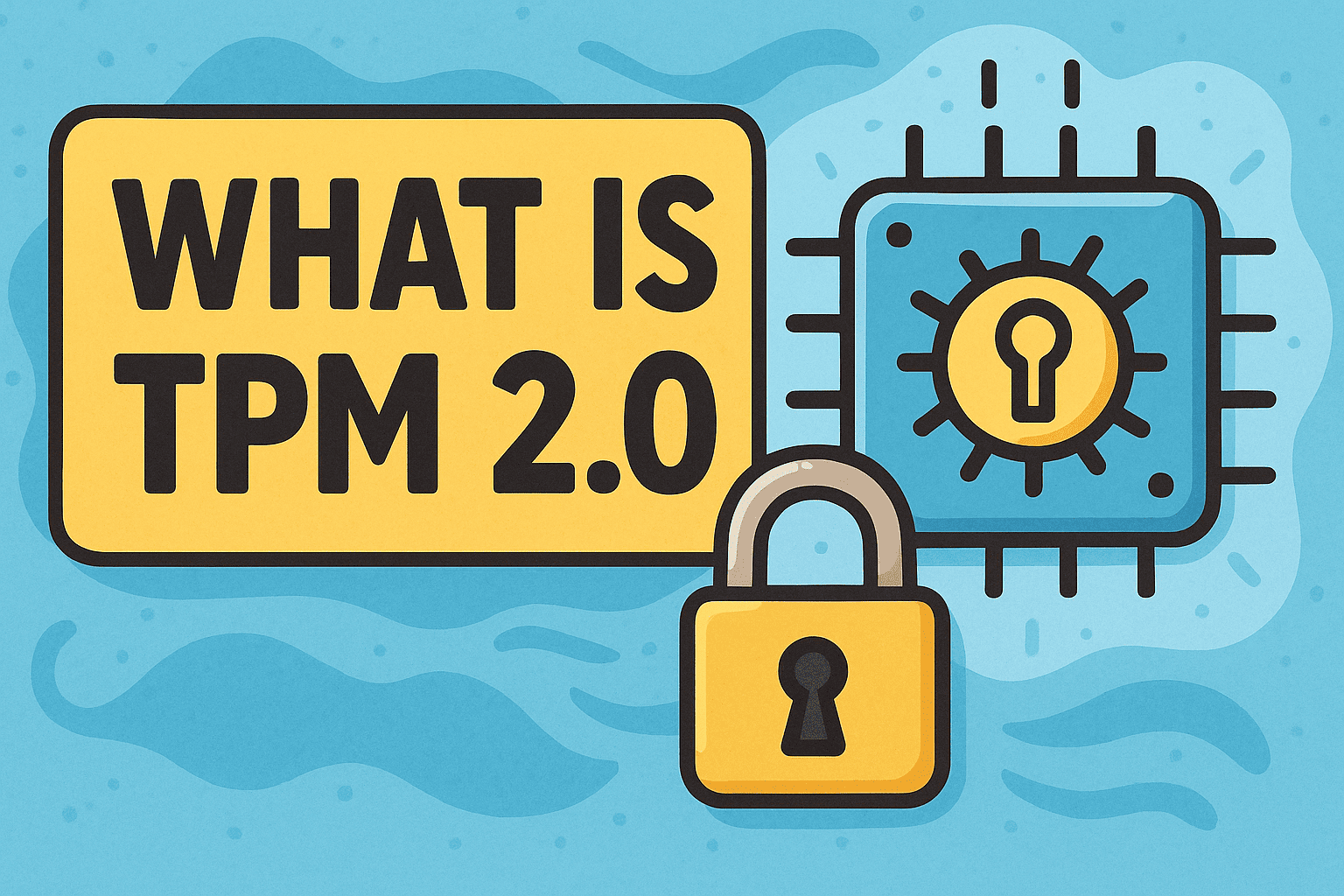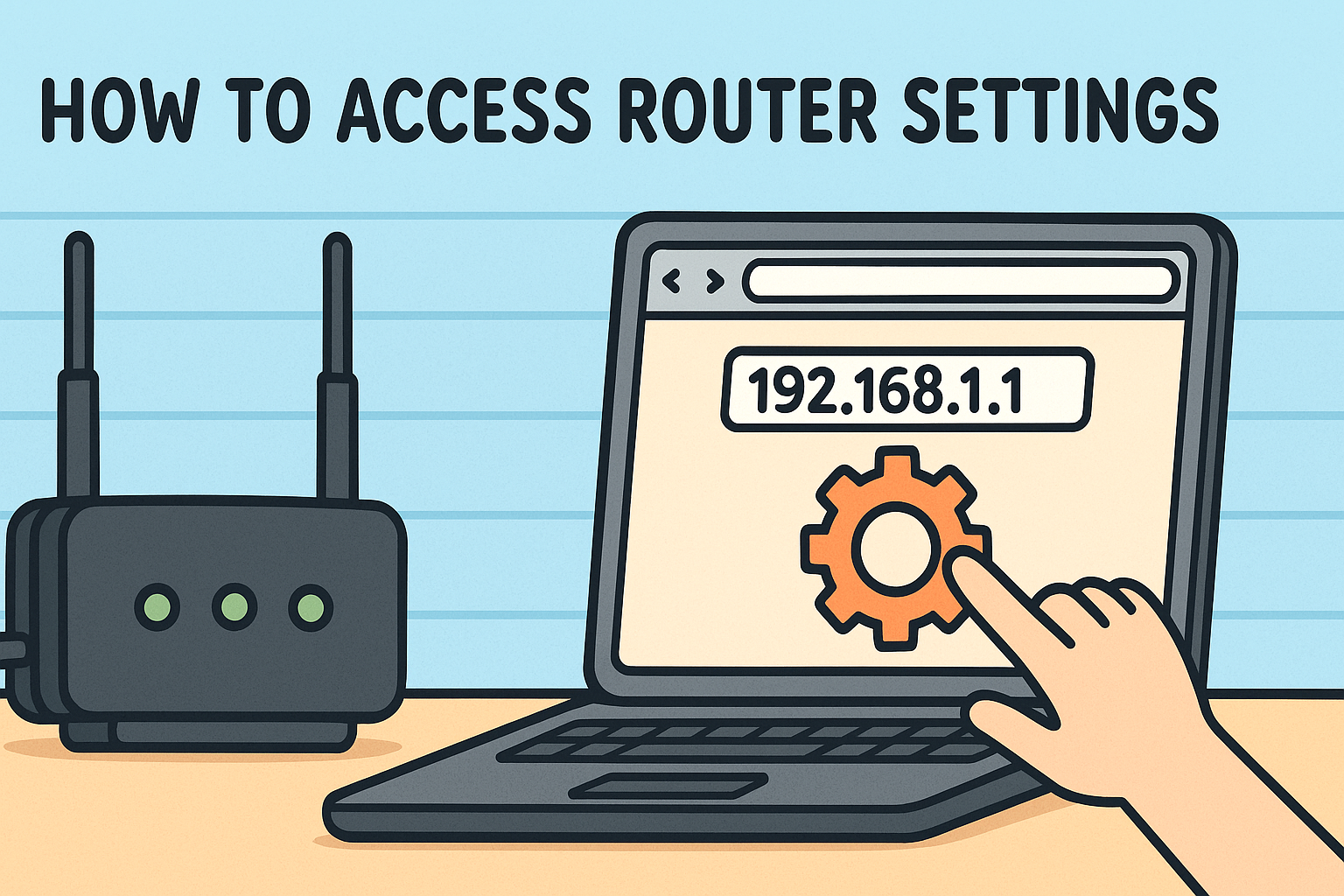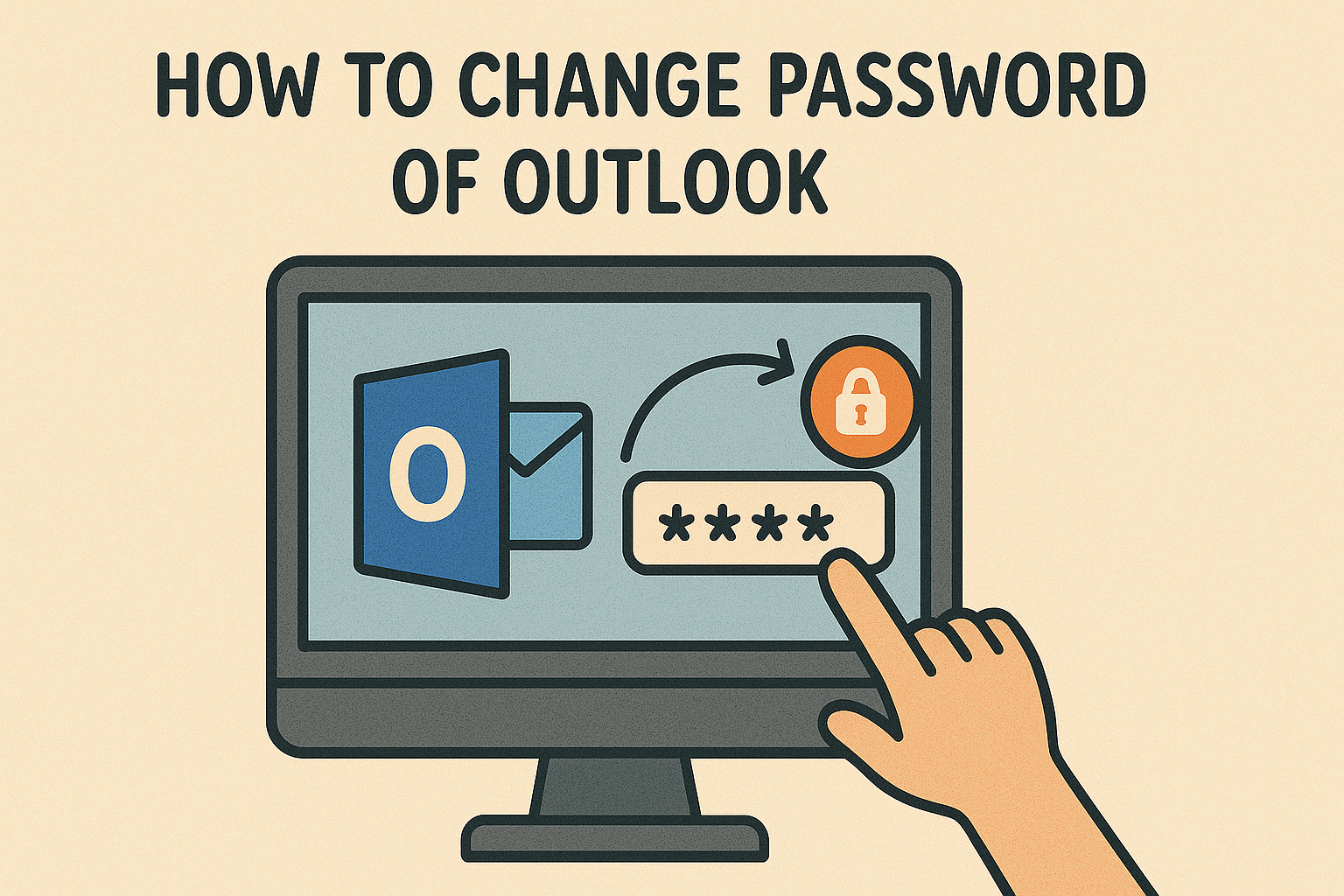ARP Attack: How Address Resolution Protocol is Exploited & How to Defend Against It
Updated on June 2, 2025, by Xcitium

Could a hacker manipulate your network without you even noticing? With an ARP attack, it’s not just possible—it’s alarmingly common. Understanding how attackers exploit the Address Resolution Protocol (ARP) is vital for anyone serious about cybersecurity.
What is an ARP Attack?
An ARP attack, also known as ARP spoofing or ARP poisoning, is a cyberattack where a malicious actor sends fake ARP messages within a local network. These forged responses trick devices into associating the attacker’s MAC address with the IP address of a legitimate system (like a router or server).
Why is This Dangerous?
Once the attacker inserts themselves between two devices, they can:
- Intercept data packets (Man-in-the-Middle attacks).
- Modify or block communication.
- Launch further attacks like session hijacking, DNS spoofing, or malware injection.
What is an ARP Spoofing Attack? (Explained Simply)
ARP spoofing is when an attacker poisons the ARP cache of connected systems with misleading information. For instance:
- Legit IP: 192.168.1.1 → MAC: AA:AA:AA:AA:AA:AA
- Attacker sends: 192.168.1.1 → MAC: BB:BB:BB:BB:BB:BB
Now, data meant for the router (AA) is sent to the attacker (BB) instead.
Characteristics of ARP Spoofing:
- Targets are usually on the same subnet.
- No authentication in ARP makes this attack easy.
- Often undetectable without active monitoring tools.
How Does an ARP Attack Work?
Here’s how an ARP attack typically unfolds:
Step 1: Network Scanning
The attacker scans the network to identify IP addresses and associated MAC addresses.
Step 2: ARP Poisoning
They broadcast forged ARP packets to associate their MAC address with trusted IPs (like gateways).
Step 3: Data Interception
Victims send data to the attacker, thinking it’s a trusted system.
Step 4: Optional Forwarding
To remain stealthy, the attacker can forward traffic to the actual destination, maintaining communication while eavesdropping or modifying packets.
ARP Attack Examples
Example 1: Man-in-the-Middle (MITM)
An attacker spoofs the IP of a file server, intercepts login credentials, and forwards the request without alerting the user.
Example 2: Denial of Service (DoS)
By poisoning the ARP cache of multiple devices with bogus entries, the attacker can cause network chaos and disconnect users.
Example 3: Session Hijacking
Spoofing the gateway IP during an active web session enables the attacker to steal cookies or tokens.
How to Detect an ARP Spoofing Attack
Early detection is key. Use these methods:
- Packet sniffing tools like Wireshark to detect conflicting IP-to-MAC mappings.
- Command-line tools (arp -a) to manually inspect ARP tables.
- Anomalous behavior detection using EDR or SIEM solutions.
How to Prevent ARP Spoofing
1. Use Static ARP Entries
Manually map trusted IP-MAC pairs. This is effective in smaller networks but not scalable.
2. Enable Dynamic ARP Inspection (DAI)
On managed switches, DAI validates ARP packets and drops invalid ones.
3. Implement Packet Filtering
Use firewall rules to restrict ARP replies to known MAC addresses.
4. Use VPNs and Encryption
Encrypted traffic is unreadable even if intercepted. Always use HTTPS, SSH, or VPNs.
5. Deploy Intrusion Detection Systems (IDS)
Solutions like Xcitium Endpoint Detection & Response help:
- Detect unauthorized MAC-IP bindings.
- Alert on suspicious network behaviors.
For IT Managers and Executives: Why It Matters
ARP spoofing isn’t just a technical glitch—it’s a business liability. One successful ARP attack can:
- Steal sensitive enterprise data.
- Compromise financial transactions.
- Disrupt operations, causing downtime and reputational harm.
Cybercriminals increasingly use ARP attacks as part of larger, multi-stage exploits. Your security strategy must address this layer.
How Xcitium Protects Against ARP Attacks
Xcitium’s Zero Trust Architecture blocks unauthorized lateral movement. Combined with:
- Managed Detection & Response
- Network Security Monitoring
- Threat Intelligence
Your organization can detect, isolate, and eliminate ARP-based threats before they escalate.
ARP Attacks Are Silent but Serious
Don’t let the simplicity of ARP fool you—it’s one of the oldest yet most effective exploitation methods. Learning what is ARP spoofing attack is and how to defend against it arms you with critical cyber hygiene.
👉 Request a Demo Today and protect your organization against ARP attacks and beyond.
FAQs: Understanding ARP Spoofing and ARP Attacks
1. What is ARP spoofing?
ARP spoofing is a technique where attackers send false ARP messages to associate their MAC address with another device’s IP address.
2. How can I check if my system is under an ARP attack?
Use arp -a to examine your ARP table. Look for duplicate IPs pointing to different MAC addresses.
3. Are ARP attacks limited to wired networks?
While more common on LANs, wireless networks are also vulnerable if devices share the same subnet.
4. What is the role of the Address Resolution Protocol?
ARP maps IP addresses to MAC addresses, enabling devices on a LAN to communicate.
5. Can antivirus software detect ARP spoofing?
No. Antivirus tools typically don’t monitor ARP behavior. Use IDS, EDR, or network monitoring tools instead.
















